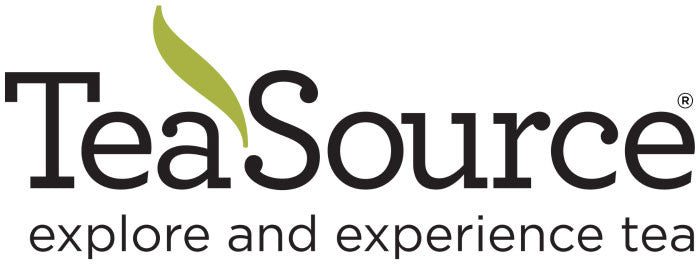What is Jasmine Tea?
“Jasmine Tea” is tea (Camellia sinensis) scented with jasmine blossoms (Jasminum sambac). The base tea typically used for scenting is green tea, though it is possible to use other types of tea. A tea is “scented” by repeating a series of steps in which the tea absorbs the fragrance directly from the jasmine blossoms. It is possible to use flowers other than jasmine for scenting, but jasmine is by far the most popular.
How is Jasmine Tea Made?
Jasmine teas are typically “scented” for 1-4 rounds. There are jasmine teas scented five or more rounds, but these teas are rare and become very expensive. A round of scenting (or “Yin” in Chinese) consists of the following steps:
- Mixing and piling the jasmine flowers with the tea. The tea must completely cover the jasmine blossoms in order to prevent the fragrance from escaping. This is referred to as “covering.”
- Opening the pile when temperature rises to desired temperature (approx. 118°f). This is to allow air flow, the release of heat and moisture, and the distribution of fragrance. This mixing, cover, and opening is repeated several times until the blossoms have finished releasing their fragrance.
- Remove the jasmine blossoms.
- Roast the tea to remove moisture (approx. 185°f for 3 hours) and allow to cool.

This entire process is one round of scenting and takes approximately 3-4 days. Higher quality jasmine teas may skip the roast step during the last round of scenting to highlight that aromatic freshness. The practice is referred to as “Ti” in Chinese or “Fly” in English.
It’s worth mentioning that the word “roast” is a short-hand term for a low-heat drying process. It doesn’t mean “roast” as applicable to coffee beans, but gently removes unwanted moisture and makes subtle chemical changes. “Roast” is the English word commonly used by Chinese tea makers to refer many applications where heat is applied during processing. Not all “roasts” are the same. The details of a roast depend on what tea you’re making and what your goal is.
Like any other tea, there are quality and economic trade-offs to consider. Each round of scenting adds to the cost and without the proper skills, additional rounds of scenting may not produce a better product. Also, the removal of the jasmine blossoms at the end is important since these flowers have already released their fragrance and will not add to the cup character – and may detract from it. The sight of jasmine blossoms in your tea is not necessarily a bad thing, but it’s better to have less than more. However, more time spent removing jasmine blossoms means higher costs.

The timing of the picking of the jasmine blossoms is crucial. The jasmine blossoms are picked during the day - after 10am to avoid morning dew and before 5pm so they are delivered to the factory in time for scenting at night. Flowers picked around 2pm are usually considered to deliver optimal fragrance. When picking, jasmine buds are chosen for those that will bloom that night.
How to Steep Jasmine Tea?
The steeping instructions for jasmine tea aren’t fundamentally different from any other tea. The best guide for how to steep it would be determined by the base tea used. Green tea is by far the most commonly used for making jasmine tea, because it is considered to absorb the fragrance best. If your jasmine tea is a green tea, we recommend steeping it like a green tea. However, any base tea properly prepared for the purpose of scenting can be made into jasmine (see our Black Jasmine and Jasmine Silver Needles) and we recommend you approach those as the base tea would suggest. Even though the tea is scented, the quality of the base tea is still of equal importance to the quality of the jasmine scenting. If the base tea is not good, the final product will not be good. But there are trade-offs – the better the base tea, the higher the price.

